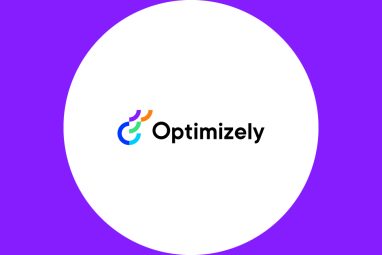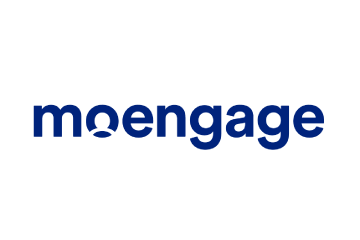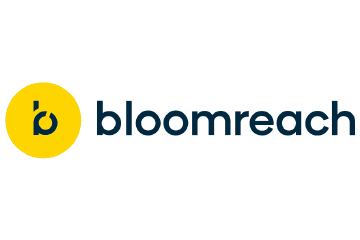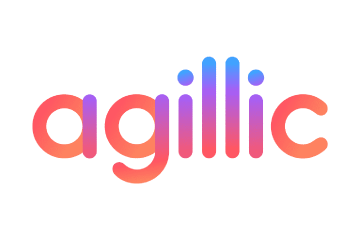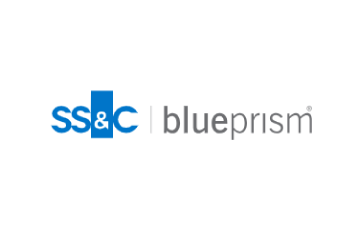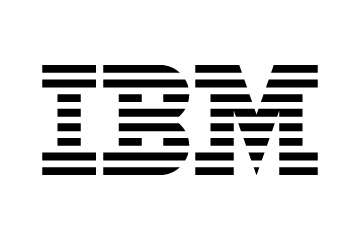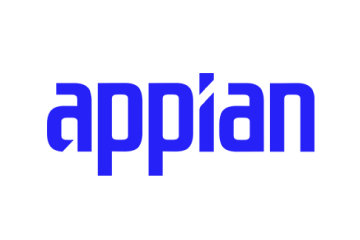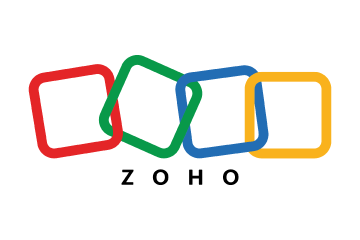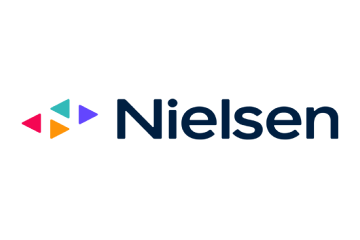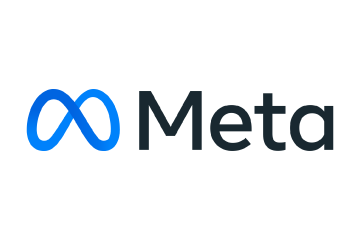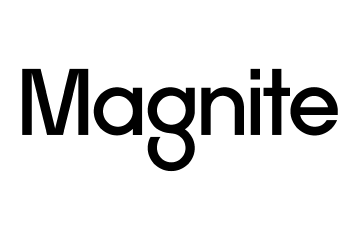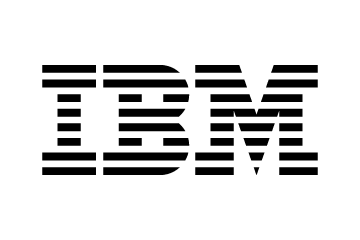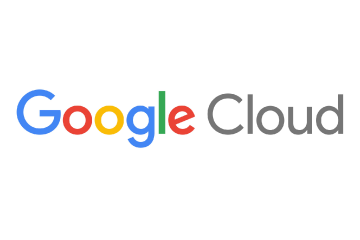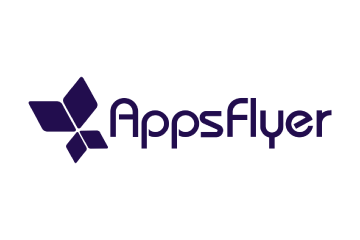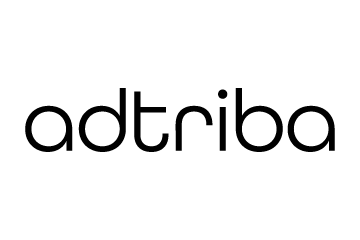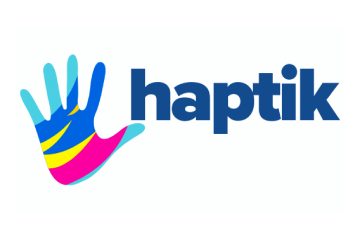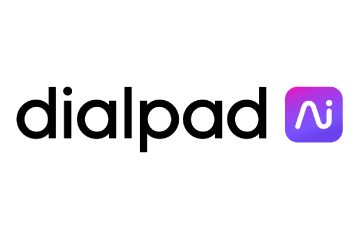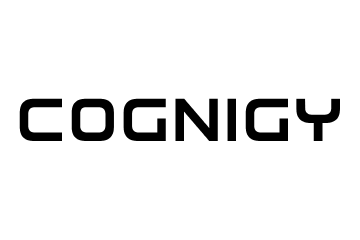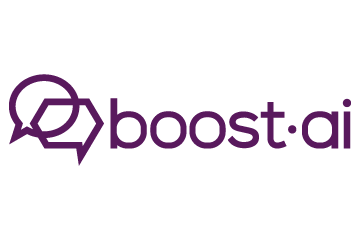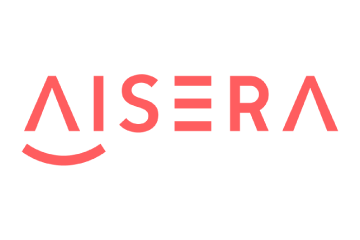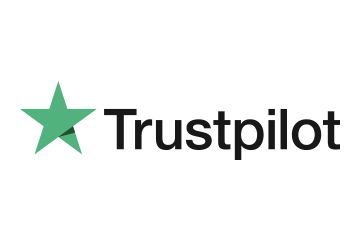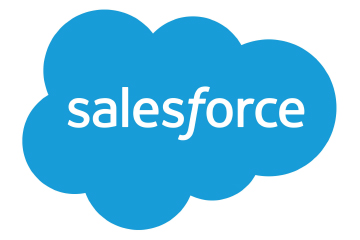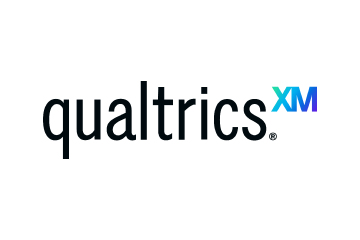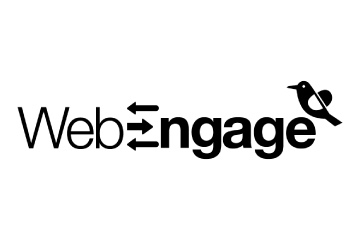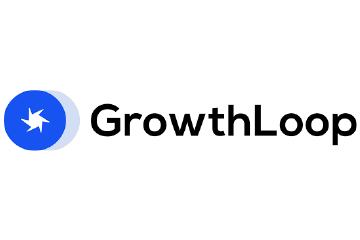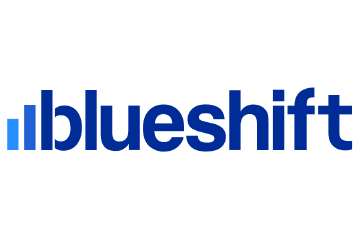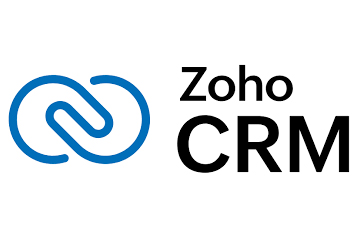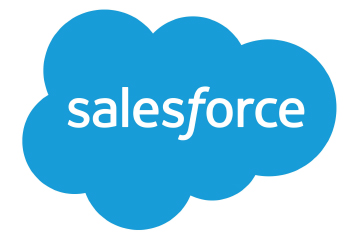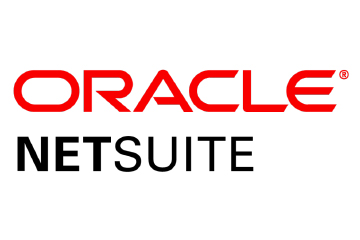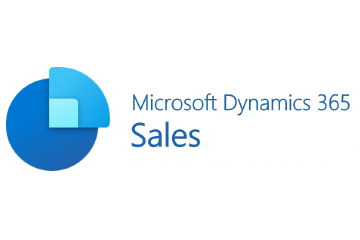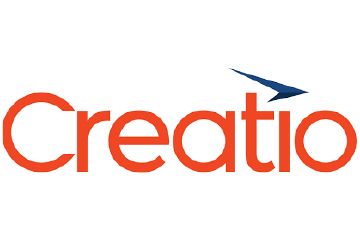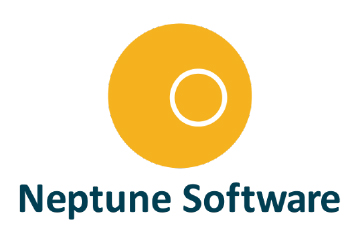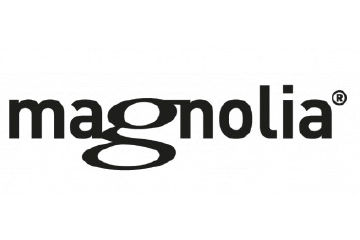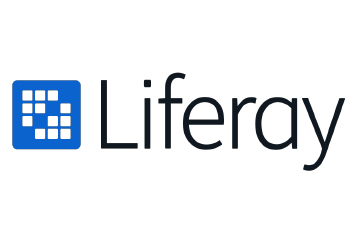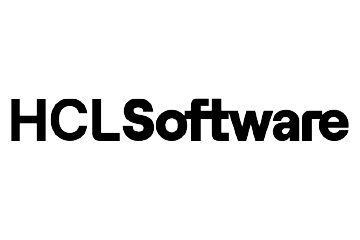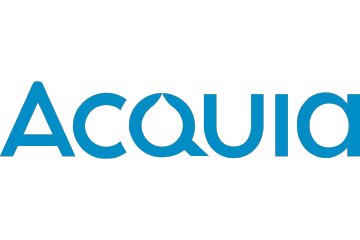Apple WWDC 25 Day 4: Games, Glanceability, and System-Native Growth
Apple’s WWDC Day 4 unveiled key platform updates that elevate native brand interactions, gaming visibility, and hyper-personalised UI—offering new CX opportunities for marketers across high-retention sectors.
Topics
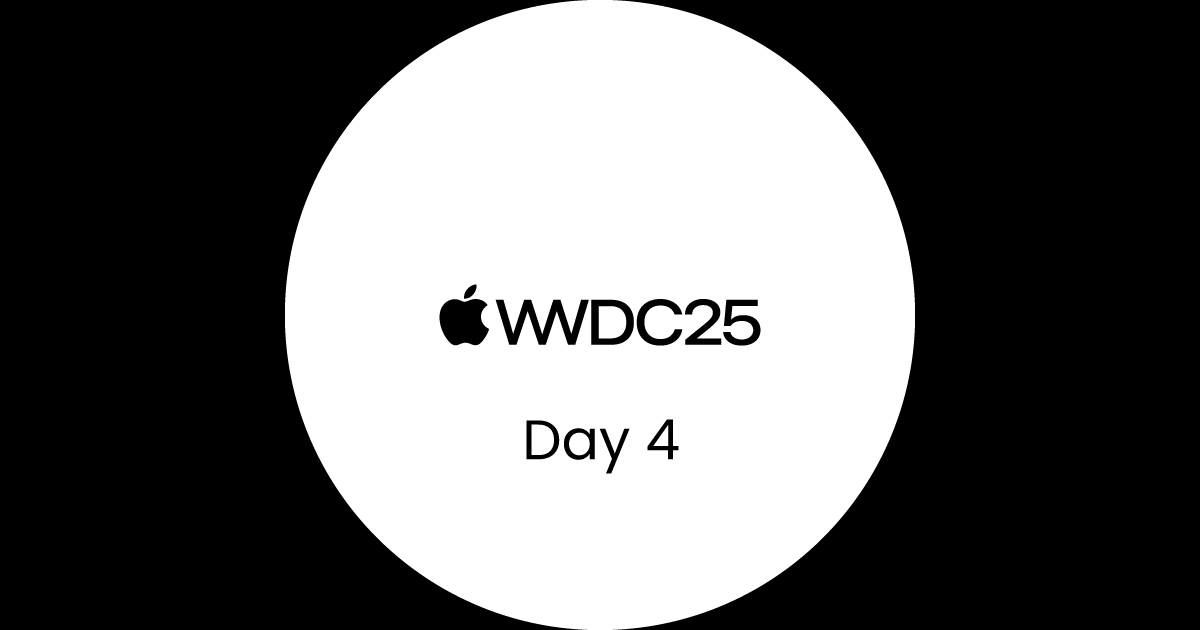
Day 4 of Apple’s WWDC 2025 wasn’t about introducing new products; it was about deepening the native system stack to favour ambient, repeatable, and socially discoverable brand interactions. For marketers in the Middle East, where multimodal, mobile-first customers demand instant utility and elegance, these updates present a roadmap for smarter CX.
The headline here is Apple’s investment in gaming as an ecosystem, not just a content category. The new Games app, pre-installed across iOS and Mac, aggregates Game Centre stats, multiplayer activity, and social leaderboards. It’s Apple’s version of a social feed, but built on real interactions.
For marketers, this unlocks visibility through behaviour. If a customer completes a challenge or climbs a leaderboard, their activity surfaces across the Games app. With zero ad spend, brands can drive organic reach through gameplay. This is especially relevant for telcos, QSR brands, and entertainment apps experimenting with mini-games or gamified loyalty journeys.
Apple also enhanced Game Centre deep linking. Marketers can now nudge players straight into a multiplayer match, reward redemption, or level replay via push, SMS, or widget. Combined with customer journey automation, these nudges can be timed to player drop-offs, rivalry alerts, or daily streak reminders.
At the infrastructure level, Game Mode and Metal 4 optimisation ensure low-lag, high-performance gaming across Apple devices, making it easier for publishers to port or scale immersive experiences to a regional audience.
ALSO READ: Apple WWDC 2025: Personalisation, AI, and Spatial UX
While gaming stole the spotlight, Interactive Snippets offer perhaps the biggest friction-reducer for everyday consumer interactions. Brands can now embed re-order buttons, balance checks, or promo redemptions directly into Siri and Spotlight. In high-repeat categories like mobility, food delivery, or finance, snippets collapse the entire journey to a single tap or phrase.
Snippets also reinforce a pattern Apple is pushing system-wide: let the brand appear only when useful, and disappear when not. That’s echoed in watchOS 26, where RelevanceKit filters widget presence by time, location, or activity. For example, surf alerts appear only near a beach; meditation reminders show up post-exercise. These surfaces are non-intrusive, contextually aware, and built for speed.
And while spatial widgets were already discussed in Day 1 coverage, Apple’s Liquid Glass icon system had yet to be unpacked. This visual update, inspired by visionOS, adds reactive lighting and layered depth to home screen icons. For Middle East brands investing in digital visual identity—especially in luxury, retail, or fintech—this design consistency across iOS, iPadOS, and macOS reinforces credibility.
Apple also introduced custom icon behaviour on long-press: marketers can define preview actions like “Your offer expires in 4h” or “You’re 2 rides away from your reward.” When paired with deep personalisation, these surfaces become real-time value prompts.
For Middle East marketers building for high-retention verticals—fitness, travel, finance—WWDC Day 4 offers an invitation: make your value system-native. From icons to search to voice to games, Apple gives you tools that are useful without being intrusive.
The question is: will your brand show up when it matters?
ALSO READ: Apple Launches Business Connect


